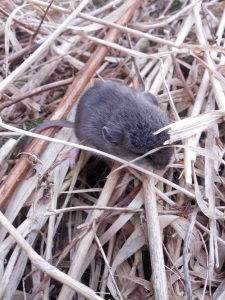Students will have the opportunity to discover many adaptations of animals through hands-on investigation and exploration in nature. What special gifts do the animals have that help them to survive in wild places?
Itinerary: In this program, studeents will investigate how different species of animals, birds, and plants adapt to the season and their environment. This trip may include visits to offsite locations.
